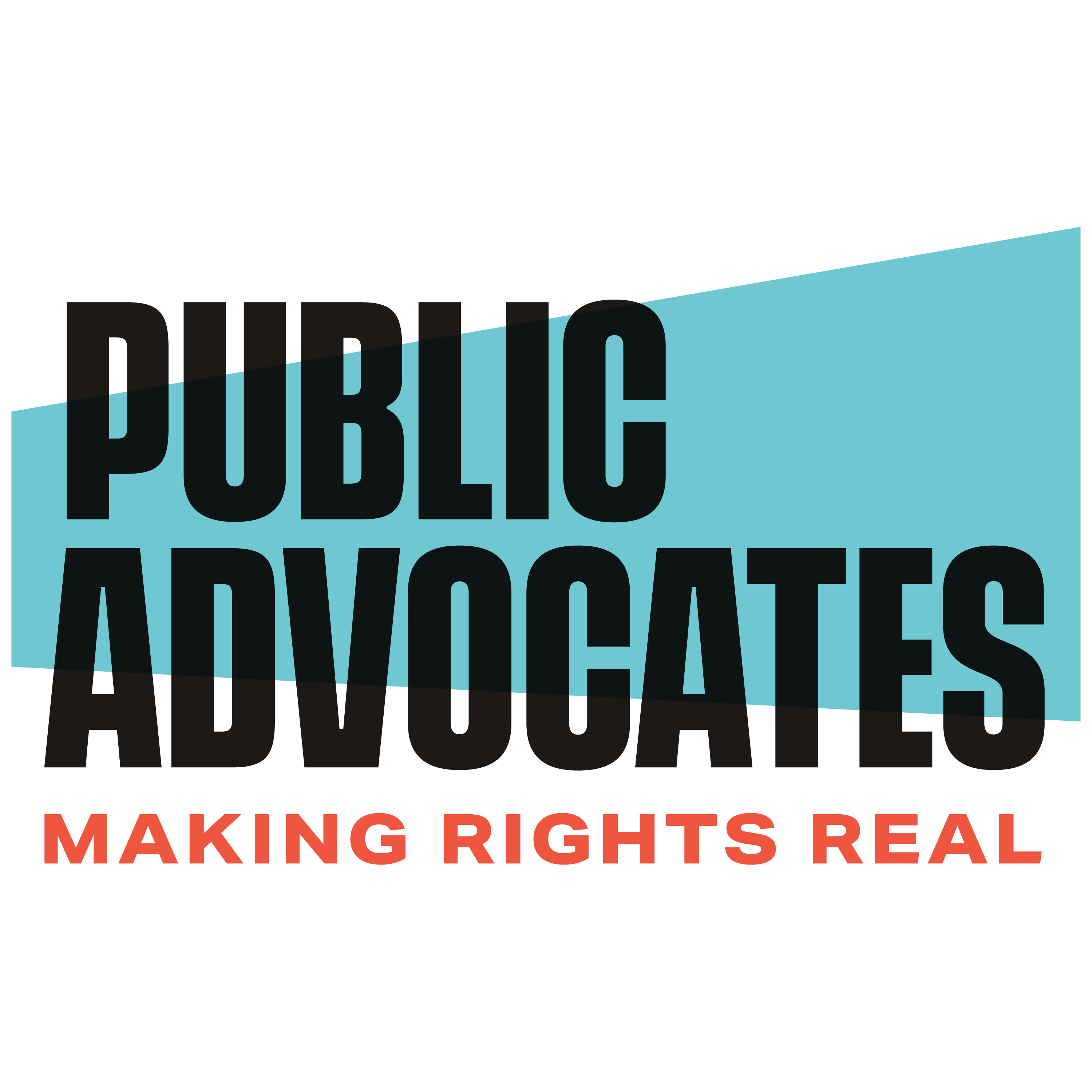June 16, 2014
By David Zisser
For a year and a half, Public Advocates and our partners in the SB 535 Coalition and the Sustainable Communities for All Coalition have been building support in Sacramento for a win-win investment of Cap-and-Trade auction revenues. We’ve been fighting to ensure that revenues deposited in the Greenhouse Gas Reduction Fund (GGRF) will reduce greenhouse gas (GHG) emissions while investing in the needs of California’s most under-served communities and families.
We’ve been focusing on investments that fund:
- Affordable homes near transit for very low income households;
- Improved levels of transit service; and
- Transit passes for students and low-income residents.
The 2014-15 budget passed by the legislature and signed by the governor included $872 million for Cap-and-Trade revenues, allocating substantial amounts for two of our priorities:
- $130 millionfor Affordable Housing and Sustainable Communities; and
- $25 millionfor Low Carbon Transit Operations, funding that can be used to boost transit service levels.
These investments are a big deal given the loss of redevelopment funds for affordable housing and the steady erosion of transit service levels across California.
But we won even more: for years to come, a significant proportion of GGRF funds will be “continuously appropriated” to these priorities. Starting with fiscal year 2015-16:
- 20 percentof GGRF funds will be allocated for Affordable Housing and Sustainable Communities, at least half earmarked specifically for affordable housing, and
- Five percentwill be allocated for Low Carbon Transit Operations.
Together, these investments will reduce GHG emissions by boosting transit ridership. That, in turn, will take more people out of their cars, which account for 40 percent of California’s GHG emissions in some parts of the state. Low-income Californians will also get better access to safe and affordable homes, reduce their transportation costs and increase economic opportunity. We call that a win-win.
The legislature recognized this same double-bottom-line when it passed SB 535 in 2012. We’ve also been working to ensure that California meets or exceeds that statute’s mandate that a substantial portion of GGRF funds are used to benefit disadvantaged communities. To make this commitment real, we’ve developed and advocated for policies that:
- Hold the State accountable for ensuring that projects deliver real benefits to disadvantaged communities and residents; while
- Preventing unintended harms, especially the danger that investments will displace the very populations they are intended to benefit.
To ensure disadvantaged communities receive tangible and meaningful benefits, it’s critical that the trailer bill language require policies that prevent displacement of existing low-income populations from investment areas and provide funding for transit passes for students and low-income residents.

